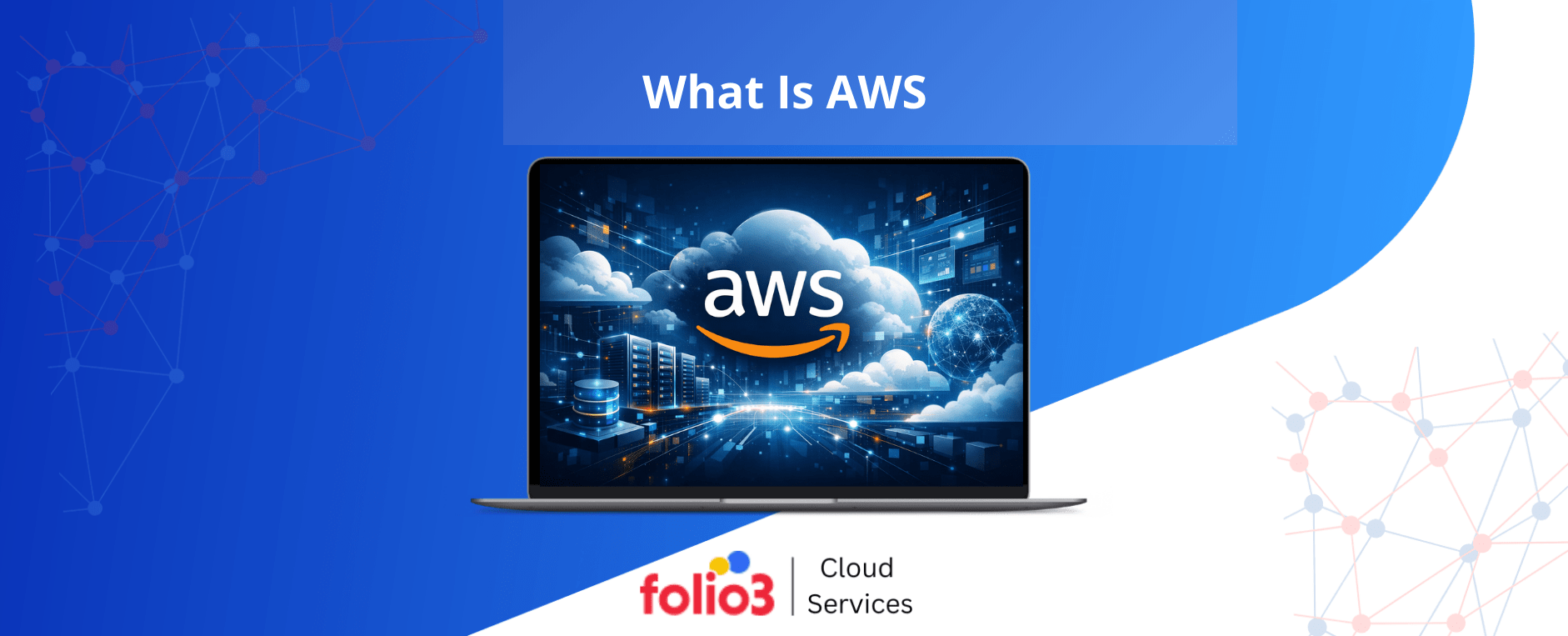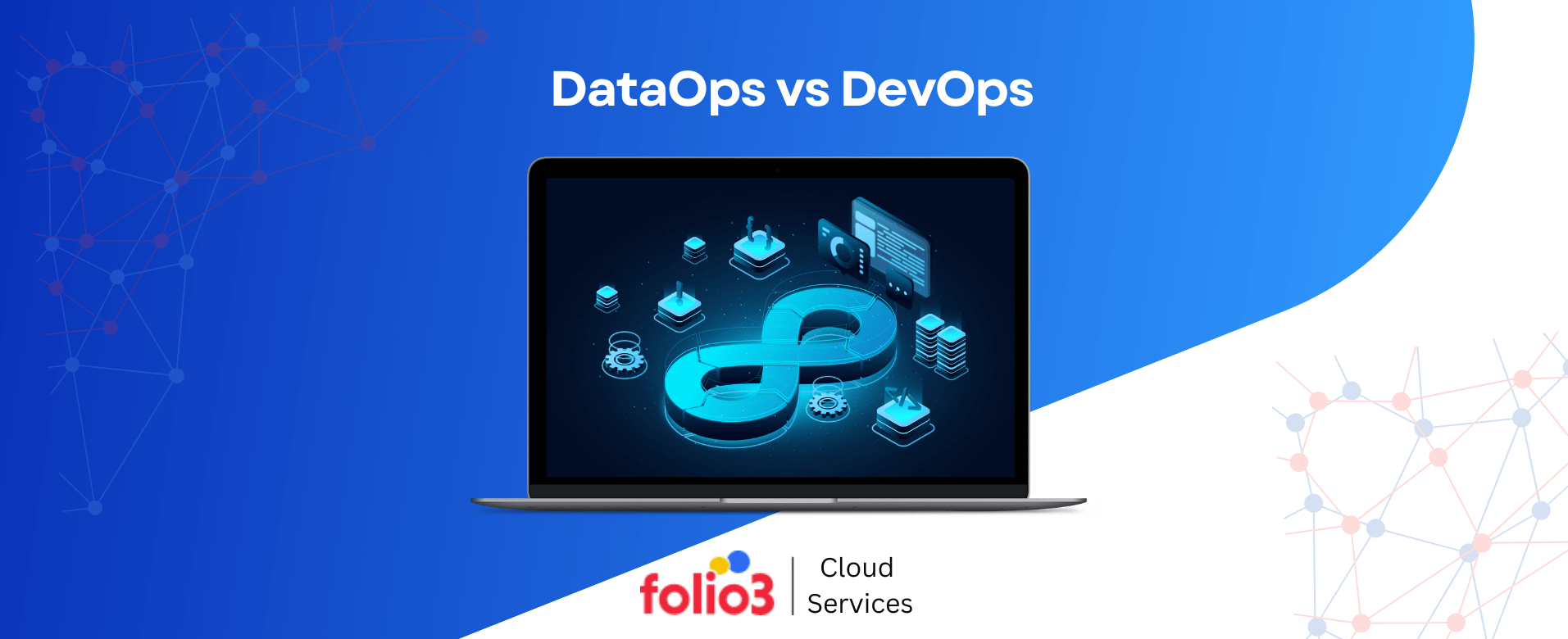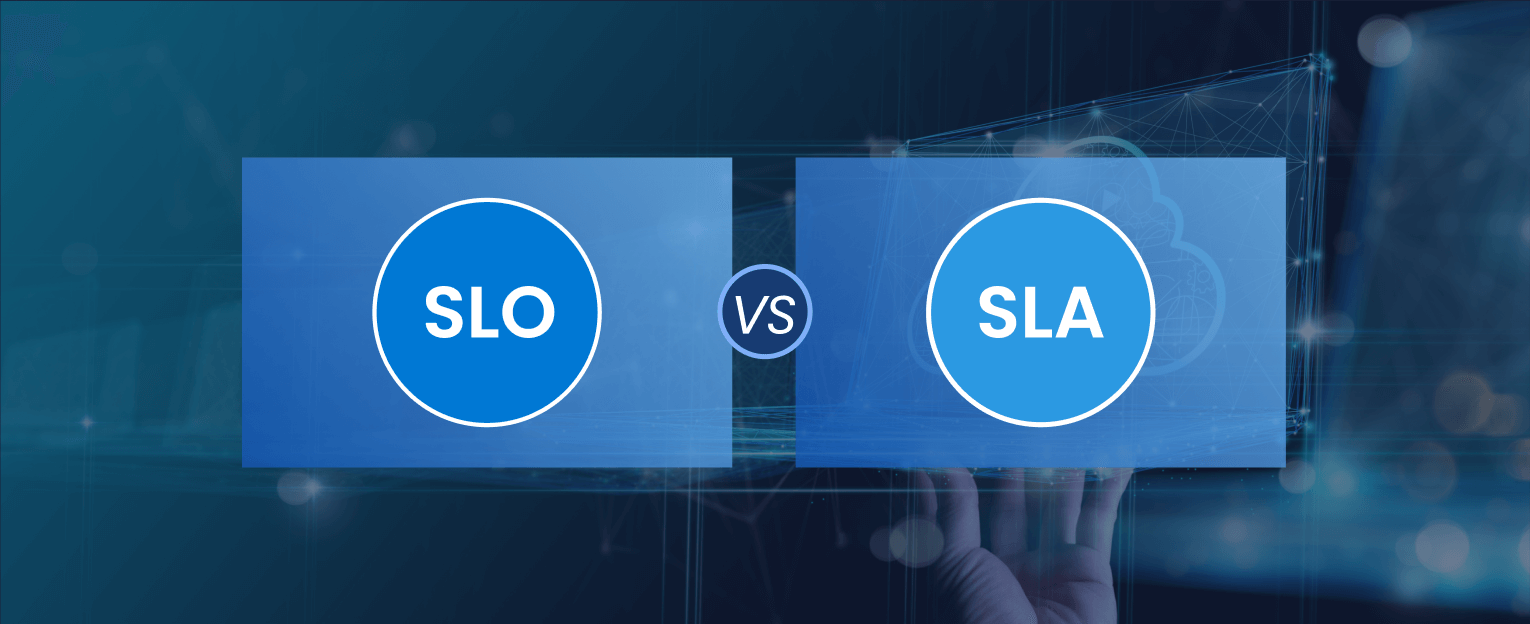Healthcare is changing because of new technology that makes the traditional way of working obsolete. Regarding cloud security in healthcare, organizations can be connected and operate efficiently, which is one of the many benefits of integrating this technology.
The other advantage of cloud security in healthcare is its scalability. Therefore, healthcare organizations can increase their services with growing demand. Nevertheless, the numerous advantages came with the complex challenges in protecting patients’ privacy in the cloud.
Cloud computing is being embraced by the healthcare industry to provide the best patient care and to streamline operations. Therefore, secure cloud technology is essential.
Recent statistics underscore the urgency of cloud creatures attacking a surprising 61% of healthcare organizations in the past year, of which 86% resulted in substantial financial loss or damage.
This disturbing development conveys the vital necessity for healthcare institutions and technology providers to strengthen their defenses and devise strategies for preventing the risks caused by malicious actors in cyberspace.
Keep reading this blog to explore cloud security in healthcare, delving into the myriad challenges that beset the domain and elucidating innovative solutions poised to safeguard the sanctity of patient data in the digital age.
What is Cloud Security in Healthcare?
Cloud security in healthcare focuses on protecting secret patient information held and transferred via cloud-based services.
These activities may involve encryption, access control, and other strategies to hinder any unauthorized individual or group from bypassing security measures.
The collaboration between the various actors in the health sector, including cloud providers, healthcare providers, and patients, is of supreme importance.
Exploits are not so harmless as well – they can involve the loss of private data, financial losses, and the imposed liability by regulatory bodies.
Despite the benefits of cloud security, such as a trust relationship between patients and healthcare providers and regulatory compliances like HIPAA and GDPR, maintaining adequate cloud security is still a challenge.
Common Security Threats to Healthcare Cloud
Security risks, which are numerous in healthcare cloud computing, could be considered not a constant battle but rather a demanding task for experts to ensure the confidentiality and integrity of patient data.
Healthcare institutions face risks challenging to overcome by a standard mitigation method, such as data breaches, identity thefts, or even system configuration-related errors.
Let’s explore the common security threats confronting healthcare cloud deployments, shedding light on the complexities and implications of each threat vector:
1. Data Breaches
Data breaches pose a serious threat to healthcare cloud environments, as they may lead to the leakage of sensitive patient information to unauthorized persons.
This might result in an invasion of privacy, financial ruin, and damage to healthcare organizations’ reputations.
2. Unauthorized Access
Unauthorized access occurs when people or organizations access healthcare cloud systems without permission.
This could be caused by a weak authentication system, stolen credentials, or insider threats, jeopardizing patient data’s confidentiality and integrity.
3. System Misconfiguration
System misconfiguration means errors or mistakes occur in the organization and operation of cloud infrastructure, applications, or security settings.
These incorrect settings can unintentionally cause the vulnerabilities that attackers use to access private data or interfere with the system’s regular operation.
4. Regulatory and Compliance Challenges
Healthcare institutions that work on the cloud should face a complex legal environment that includes rules like HIPAA and GDPR.
Compliance with data protection standards, breach notification requirements, privacy safeguards, and cloud security in healthcare are vital challenges that are continuously posed.

Ensure Compliance: Secure Your Healthcare Data with Advanced Cloud Security!
Stay ahead of regulations and protect sensitive patient information with our cutting-edge cloud security solutions. Ensure compliance and peace of mind today!
Best Practices for Cloud Security in Healthcare
In the digital age, sustained by continuous innovation in data-driven healthcare, the implementation of cloud computing is becoming a basis for modernizing administrations, maximizing collaboration, and improving patients` quality of life and mental health.
However, strong cloud security becomes even more topical when healthcare establishments move slowly into the cloud because they store, process, and transmit sensitive patient data.
Healthcare organizations need an omnifarious digital safety system to regulate the environment, secure the privacy of the patient and the integrity of their data, and curb the risks from cyber-security attacks.
This system must span from knowing the regulatory framework to applying encryption, access controls, and other solutions.
Let’s delve into the foundational pillars of best practices for cloud security in healthcare, exploring key strategies and technologies designed to fortify the digital perimeter, enhance threat visibility, and foster a culture of security awareness:
1. Understand The Regulatory Framework
Healthcare Data is the most sensitive and stringently regulated data category. Compliance with the legal system is a priority because it is the factor that determines whether healthcare organizations will avoid penalties and sanctions.
There are no conditions to protect patients’ data within the Health Insurance Portability and Accountability Act (HIPAA) in the USA and the General Data Protection Regulation (GDPR) in Europe.
Compliance consists of strictly following security protocols, highlighting patients’ privacy, confirming correct data through correct processes, and preventing health practice confidentiality.
This involves risk assessments, implementation of security controls, and alignment of established policies with the law. Healthcare facilities must stay current with the new regulations and constantly monitor them for any changes in compliance.
2. Conduct Data Encryption, Data Monitoring, and Back-Up Plan Strategy
Data encryption is indispensable in shielding healthcare information as it is transferred from applications and stored in the cloud.
Encryption turns the data into a type only understandable by users possessing decryption keys, rendering the data so obscure that unauthorized users cannot fathom or interfere with it.
Data monitoring monitors data recordings or usage to discover unusual activities or cases of breach. It incorporates monitoring who has access, the time and place when the data is accessed, and what operations are performed.
On the other hand, monitoring instruments can bring immediate awareness of atypical conduct by sending alarm messages if abnormal incidents occur.
A holistic backup disaster recovery plan is a sure weapon for sustaining data uptime in cyber or data loss incidents.
Frequent data backups from on-site and off-site locations help healthcare organizations recover faster and minimize the disruption of operations when a disaster or security breach occurs.
3. Develop A Robust Identity and Access Management (IAM) Strategy for Effective Implementation
Identity and Access Management (IAM) involves restricting and administering users’ access to health cloud resources.
Implementing a comprehensive IAM strategy will only permit those users to have proper access to the data systems and databases, significantly reducing the possibility of unauthorized access.
When healthcare organizations adopt IAM solutions and follow best practices that activate security policies, stop unauthorized access, and meet regulatory frameworks, compliance is achieved. Critical components of an IAM strategy include:
- Authentication: Building the users’ identity verification system by identifying the type of authentication, such as passwords, biometrics, or multi-factor authentication.
- Authorization: Identifying and setting up based on position, tasks, and permission in the organization.
- Access control: It is essential to grant users access to only data and resources restricted to their role and, hence, implement least privilege.
- User provisioning and de-provisioning: This involves managing user accounts from creation to deletion and adjusting access rights to comply with the user’s lifecycle.
4. Leveraged Auditing
Auditing implies regular evaluation and study of security logs, events, and activities in healthcare cloud environments. Auditing allows healthcare services to trace weaknesses, discover security incidents, and provide security administration with the necessary procedures and regulations.
Critical aspects of auditing in healthcare cloud security include:
- Log management: Gathering, identifying, and using logs created by all cloud services, applications, and systems to highlight user activities, identify security events, or investigate incidents.
- Event monitoring: In real-time, security events are monitored, including detecting abnormal things, suspicious behaviors, or policy infringement.
- Compliance auditing: Performing frequent audits to verify the policies, regulations, standards, and organization security system adherence.
- Incident response: Such tasks encompass but are not limited to developing protocols for dealing with security events, including containment, investigation, and remediation.
5. Regular Staff Training
Employee training and awareness are foundational aspects of a cloud security strategy that are mature enough to cater to the specific needs of healthcare. The leading causes of security breaches are human mistakes and neglect, which makes it essential to train staff to follow security guidelines and regulations following policies and procedures.
Critical elements of staff training in healthcare cloud security include:
- Security awareness: Training employees regarding security reasons, the dangers of data breaches, and how they can help safeguard sensitive data.
- Policy training: Ensuring that the personnel are knowledgeable about security policies, procedures, and regulatory requirements regarding cloud computing and data protection.
- Phishing awareness: Training employees to identify and report phishing attacks, techniques used by social engineers, and other common cybercriminals’ techniques as malicious attacks.
- Incident response: This involves instructing security personnel on how to react to security incidents, including effort reports and escalation steps.
Advanced Security Technologies
In this era of rapid technological advancement, organizations across industries, including healthcare, finance, and government, leverage advanced security technologies to protect their assets, data, and reputation.
Let’s explore advanced security technologies, delving into organizations’ key innovations and strategies for fortifying their digital defenses and effectively mitigating cyber risks.
Cybersecurity
Cybersecurity embraces many technologies, methodologies, and practices to guard networks, systems, and data against information system threats.
A wide range of healthcare cloud security relies on cybersecurity’s abilities to protect patient data, prevent system interference, and eliminate the risks that may result from cyber attacks.
Providing advanced cybersecurity technologies and solutions helps improve healthcare organizations’ cloud infrastructure resistance and identify existing weaknesses. It strengthens their ability to withstand advanced hacking threats.
Critical components of cybersecurity in healthcare cloud environments include:
Intrusion Detection Systems (IDS)
IDS, system security mechanisms that monitor network traffic for suspicious activity and signs of unauthorized access, reviews all related traffic and transactions to detect potential threats to the system.
IDS detects different threats of cyberattacks like malware, intrusion attempts, and DOS attacks by studying the logical paths of the network packets, and they identify the different malicious patterns. After the detection, the threat is prevented from spreading.
Endpoint Protection Solutions
Each network endpoint has an endpoint protection solution known as endpoint security or antivirus software. This is designed to protect against cyber threats.
In addition, such software usually comprises anti-virus, anti-malware, firewall, and intrusion prevention features for their intended purpose—to detect and repel malicious software and unauthorized breach attempts.
Security Information and Event Management (SIEM) Platforms
The SIEM(security information and event management) platform aggregates and scrutinizes event data from multiple sources, e.g., server logs, network devices, etc., stored in one place to comprehensively assess security incidents and attacks.
SIEM solutions act as a decision support system empowering healthcare organizations to recognize, identify, and manage current security incidents in their process, giving them a chance to stay ahead of threats.
Customized Security Solutions
Customized security solutions specifically target and fit healthcare organizations’ specialized needs, safety specifications, and risk profiles. They offer robust, personalized protection against any cyber threat and vulnerability.
Such solutions counter the healthcare industry’s idiosyncrasy and regulatory limitations by setting the appropriate degree of protective standards and data safety standards.
A customized security solution is often tailored to meet each healthcare organization’s specific security needs and risks, following industry security standards that can be changed as new cyber threats or regulations develop.
Examples of customized security solutions for healthcare cloud environments include:
Network Segmentation
Network segmentation entails creating physically independent segments to manage traffic passage and influence and prevent harmful events from having a broad network impact.
Patient RIF associations can be kept separate from other external systems and apps by applying data segmentation in healthcare cloud network environments, guaranteeing lower chances of unauthorized access and data leakage.
Application Safelisting
Safelisting applications is a security configurator that permits some one-side applications to run on a system or network and block all other applications.
Greylisting of trusted applications helps healthcare institutions forbid their machines from executing unauthorized software and thus have only verified malware infection and unauthorized access attempts.
Threat Intelligence Integration
Threat intelligence integration involves sharing outside sources of threat intelligence, including threat feeds, threat intelligence platforms, and industry reports, to strengthen the ability to detect and respond to threats.
By implementing threat intelligence into security operations, healthcare organizations can target the primary sources of threats, prioritize security alerts, and respond in a timely manner to reduce risks.
Automatic Abnormal Detection
Computerized anomalous detection implies the attempt to detect and flag abnormal activities or suspicious performance using machine learning algorithms, artificial intelligence (AI), and advanced analytics techniques in the healthcare cloud environment.
Through an in-depth analysis of massive amounts of data and the identification of irregular activities not present in usual standards and operations, automatic abnormal detection assists healthcare organizations in detecting security incidents, anomalies, and potential threats in real-time, prompting quick response and amendment.
Automatic anomaly detection improves threat visibility, decreases response time, and, in turn, increases the caliber of healthcare cloud security.
Through advanced analytics and AI-mediated technologies in healthcare institutions, digital threats are observed and corrected more efficiently. Therefore, patient data is safe in the cloud.
However, critical features of automatic abnormal detection include:
Behavioral Analytics
Behavioral analytics algorithms can analyze various data, including computer users’ behavior, network traffic, and system activities. From these behaviors, they can establish the normal baseline behavior and detect deviations indicating the likelihood of potential security incidents or anomalies.
Because of automatic abnormality detection solutions, they can continuously monitor unusual behavior and react instantly to security issues.
Anomaly Detection
Anomaly detection algorithms apply statistical analysis and machine learning to unveil unidentified outliers that represent security breaches or correctly portray abnormal activities.
Such systems can compare the present data patterns to previously established trends, identify deviations, and send alerts to the security personnel to explore further.
Predictive Analytics
Both predictive analysis algorithms rely on historical data, trends, and patterns to forecast future security threats and help take proactive measures to eliminate them before they occur.
According to the predictive analytics solutions applied to past security incidents in specific healthcare organizations, it becomes clear what the common attack vectors are and how to avoid them before the threat becomes a reality.

Safeguard Healthcare Information: Explore Our Trusted Cloud Security Services!
Keep your healthcare data safe from cyber threats with our reliable cloud security services. Trust our expertise to protect patient privacy and maintain data integrity.
Conclusion
Cloud security in healthcare is not just about implementing technological solutions; instead, it is about safeguarding the integrity, confidentiality, and availability of sensitive patient data in an increasingly digital environment.
Therefore, it becomes essential for healthcare institutions to embrace cloud computing for better efficiency and patient care and to ensure robust security measures to counter cyber threats.
By implementing holistic cloud security, healthcare organizations can deal with the complexities of the digital age by maintaining the highest priorities of data protection, compliance, and patient trust.














